Milan-San Remo's unique challenge
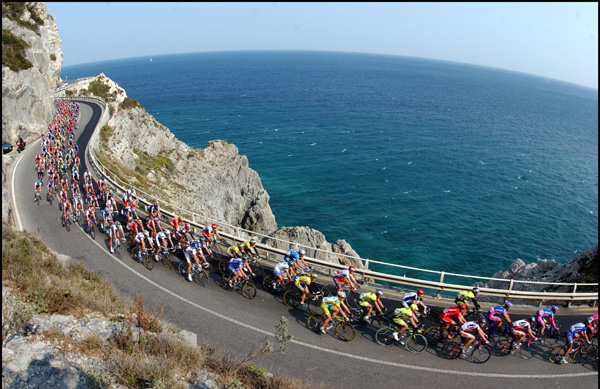
The balance of power at Milan-San Remo, the first Classic of the year, is heavily skewed towards the sprinters. But to write the outcome off as predictable is to misunderstand the nature of the route and tactics, which are unlike any other race.
Words by Lionel Birnie
There is no better way to learn the nuance of a Classic than by riding some of the route yourself. The beauty of cycling is that a lack of ability is not necessarily a barrier to understanding. Whatever your level, the difficulty of the climbs or the cobbles is relative, so you can gain some insight without having to be a professional racer.
Of course, racing over those roads adds a significant and different dimension to things but it is still possible to add to your enjoyment of watching the races by riding the terrain.
Milan-San Remo is a beautiful race but it is one that sometimes gets a bad rap from television viewers who expect dramatic fireworks on the hills towards the end. For some reason, if the race ends in a big sprint for the line there is a sense of disappointment that an attacker's bravery was not rewarded.
A few years ago, together with my colleague Edward Pickering, I rode the final 60 kilometres of Milan-San Remo, a race I had watched on television many times and had assumed I understood.
After a strong, short coffee, we rode from Laigueglia (which hosts the start and finish of one of the early-season races, the Trofeo Laigueglia) and over the little capi towards San Remo. With the sea at our left shoulders, the sun warming us and a light tailwind at our backs, we flew over roads that are notably smooth. The Capo Mele, Capo Cervo and Capo Berta come in quick succession after a wonderful swooping ride along the coast.
Get The Leadout Newsletter
The latest race content, interviews, features, reviews and expert buying guides, direct to your inbox!
There is a school of thought that a Milan-San Remo decided by a sprint is a dull Milan-San Remo. In the post-race analysis, people will often ask why a certain rider didn’t simply attack early, or harder or more often in order to get away from the bunch.
And that is to fundamentally misunderstand the unique challenge the race poses to the riders. There is nothing else like it. At 298 kilometres, it is handsomely 30 kilometres longer than any of the other of cycling’s ‘Monuments’. Yet it is, broadly speaking, a flat route. The highest climb, the Turchino Pass, which comes around the halfway mark, is not going to cause havoc.
The perceived wisdom is that there is some kind of delicate balance of power between the sprinters and the attackers, but that is not the case. At the modern Milan-San Remo, the dice is hugely loaded in favour of the sprinters. All being equal a big bunch will swoop down off the Poggio and capture any escapees on the run-in. The needle may flicker in the direction of the attackers now and again but it’s as if the bunch is in possession of a magnet, drawing escapees back. All things being equal, the bunch should prevail.
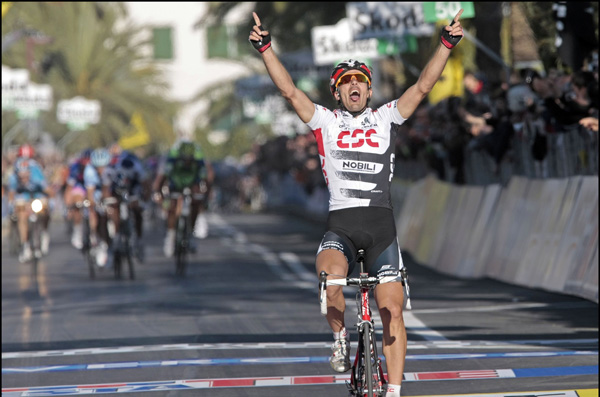
Ah, but what about Fabian Cancellara in 2008, I hear you ask? What about Filippo Pozzato in 2006? He got away with two others on the Poggio and attacked again 300 metres out just as the bunch were bearing down on them? What about Paolo Bettini in 2003 or Andrei Tchmil in 1999?
They are exceptions that prove the rule. Exceptions that keep us watching in suspense. Exceptions that make Milan-San Remo the most subtle bike race to watch, a day when hidden agendas and motivations can be mulled over and analysed. Take last year, for example, when Stefano Garzelli set a searing pace much of the way up the Poggio, deterring attacks and keeping it all together, but to what ends? So his team-mate Luca Paolini could finish tenth? Perhaps.
Anyway, it is that searing pace that makes it so difficult for an attack to succeed, not a lack of ambition, strength, tactical nous or cunning. The sprinters and their teams know that the best way to keep it all together is to keep cranking up the speed. That removes all but the last cards from the hands of the attackers – people like Cancellara or Philippe Gilbert.
Because once the pace is that high on the climbs (particularly the Cipressa and the Poggio), it is difficult to move up in the bunch, let alone attack. And so, positioning becomes all the more important. And in turn that means that decisions made 40 or 50 kilometres from the line suddenly become important.
Remember, when Mark Cavendish won two years ago, he did not do so simply by sitting in the bunch and following the wheels and waiting for the sprint. There was far, far more to it than that. He and Erik Zabel had been out to study the course, examine the gradient and corners, knowing that energy preserved here and there might come in handy later.
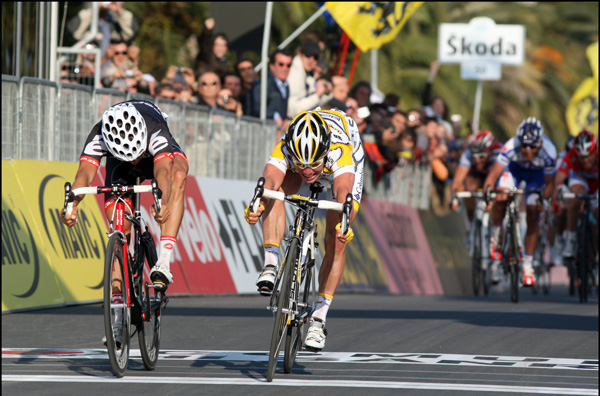
Cavendish planned his positioning kilometre by kilometre. He knew that when the pace was hot on the Cipressa he had to be well forward to allow himself space to slip back if it got too hot for him. That way he could remain in the bunch without losing a wheel. He actually had designated leadout men for each climb.
And if Cavendish was doing that, you can bet that another few dozen riders had their own strategy planned too. So while what we watch on television appears to be tightly controlled, the peloton is in fact more like a bottle of fizzy pop that has been shaken and is merely waiting for the cap to be loosened.
Most years there is a clamour for another hill to be found, as La Manie was a few years ago, as if that will change the character of the race.
But the character of the race is beautiful enough as it is. The appeal is that the hills are not quite selective enough to ensure a group or an individual to get away and stay away – but they offer the possibility.
Let’s make a bet now. It will end in a sprint on Saturday. But there is so much more to enjoy before it comes down to that. Tune in for arguably the most suspense-filled couple of hours of racing you’ll see this season.
FURTHER READING: CS Classic Races - the 1982 Milan-San Remo
Follow us on Twitter: www.twitter.com/cyclesportmag

Thank you for reading 20 articles this month* Join now for unlimited access
Enjoy your first month for just £1 / $1 / €1
*Read 5 free articles per month without a subscription

Join now for unlimited access
Try first month for just £1 / $1 / €1
Edward Pickering is a writer and journalist, editor of Pro Cycling and previous deputy editor of Cycle Sport. As well as contributing to Cycling Weekly, he has also written for the likes of the New York Times. His book, The Race Against Time, saw him shortlisted for Best New Writer at the British Sports Book Awards. A self-confessed 'fair weather cyclist', Pickering also enjoys running.
-
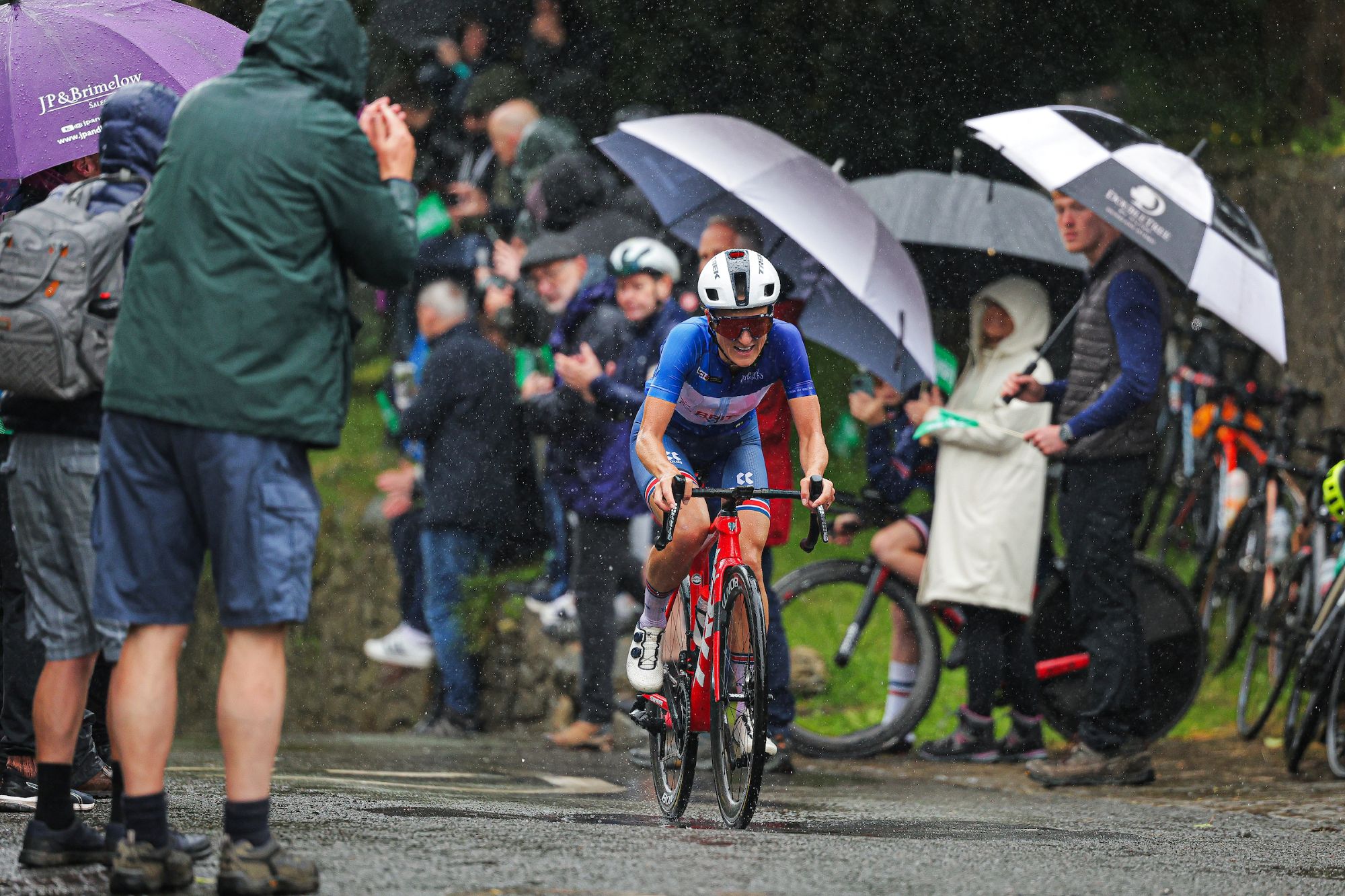 FDJ-Suez, SD Worx-Protime, Lidl-Trek confirmed for Tour of Britain Women as strong list of teams announced
FDJ-Suez, SD Worx-Protime, Lidl-Trek confirmed for Tour of Britain Women as strong list of teams announced18 teams set to take part in four-day WorldTour stage race
By Tom Thewlis
-
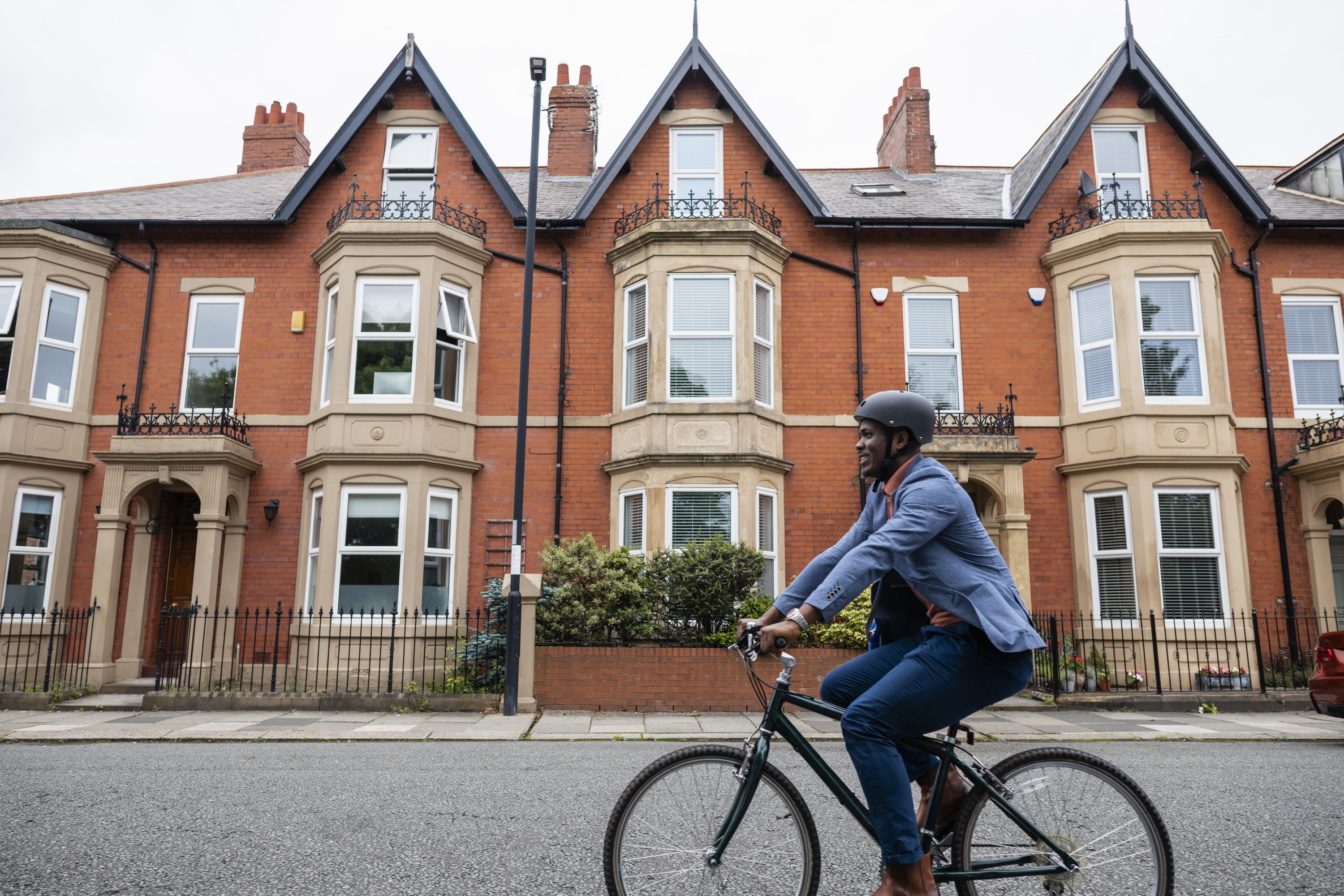 Cyclists could face life sentences for killing pedestrians if new law passed in England and Wales
Cyclists could face life sentences for killing pedestrians if new law passed in England and WalesReckless cycling currently carries a maximum two-year jail term
By Tom Thewlis
-
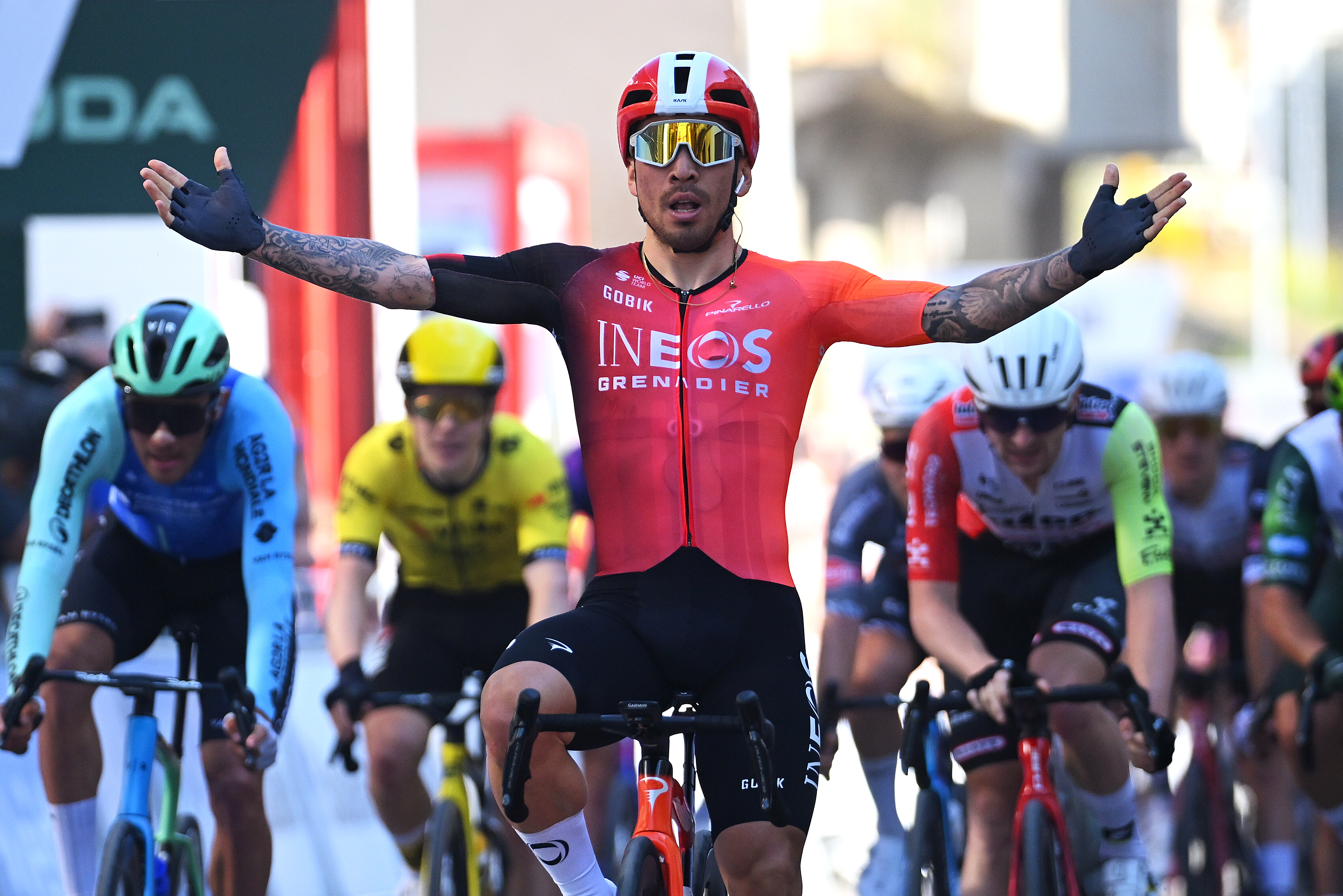 Could Caleb Ewan be Ineos Grenadiers' first Tour de France sprinter since Mark Cavendish? 'That's my goal'
Could Caleb Ewan be Ineos Grenadiers' first Tour de France sprinter since Mark Cavendish? 'That's my goal'"All I can do is try to win as much as possible and prove that I deserve to be there," says Australian
By Tom Davidson
-
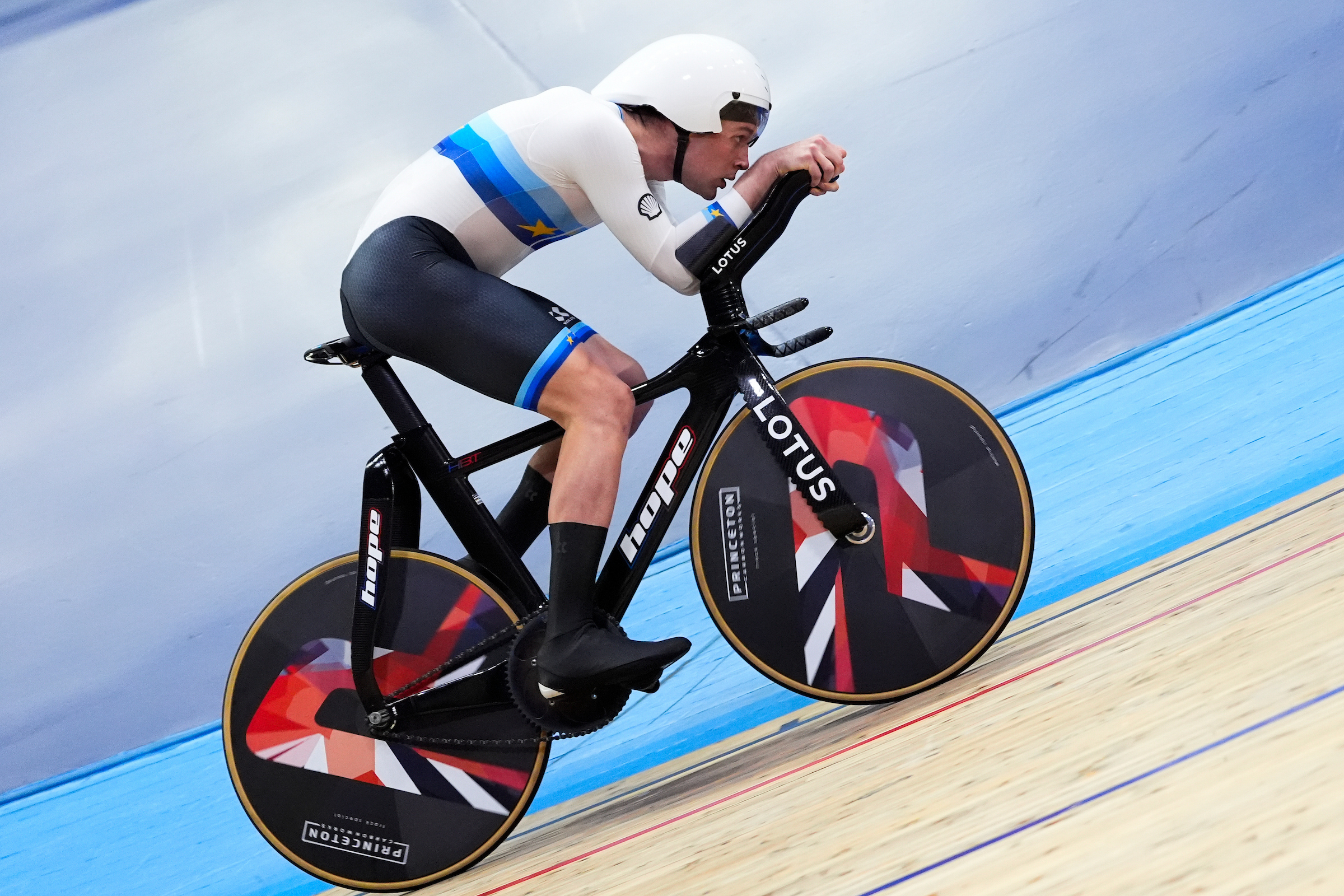 'Five or six WorldTour teams asked for my data' - Interest grows around world record breaker without a road team
'Five or six WorldTour teams asked for my data' - Interest grows around world record breaker without a road teamJosh Charlton says there's "definitely interest" in his signature
By Tom Davidson
-
 Men's WorldTour 2025: Everything you need to know about the teams
Men's WorldTour 2025: Everything you need to know about the teamsThe leaders, transfers and team ambitions set to shape the season ahead
By Adam Becket
-
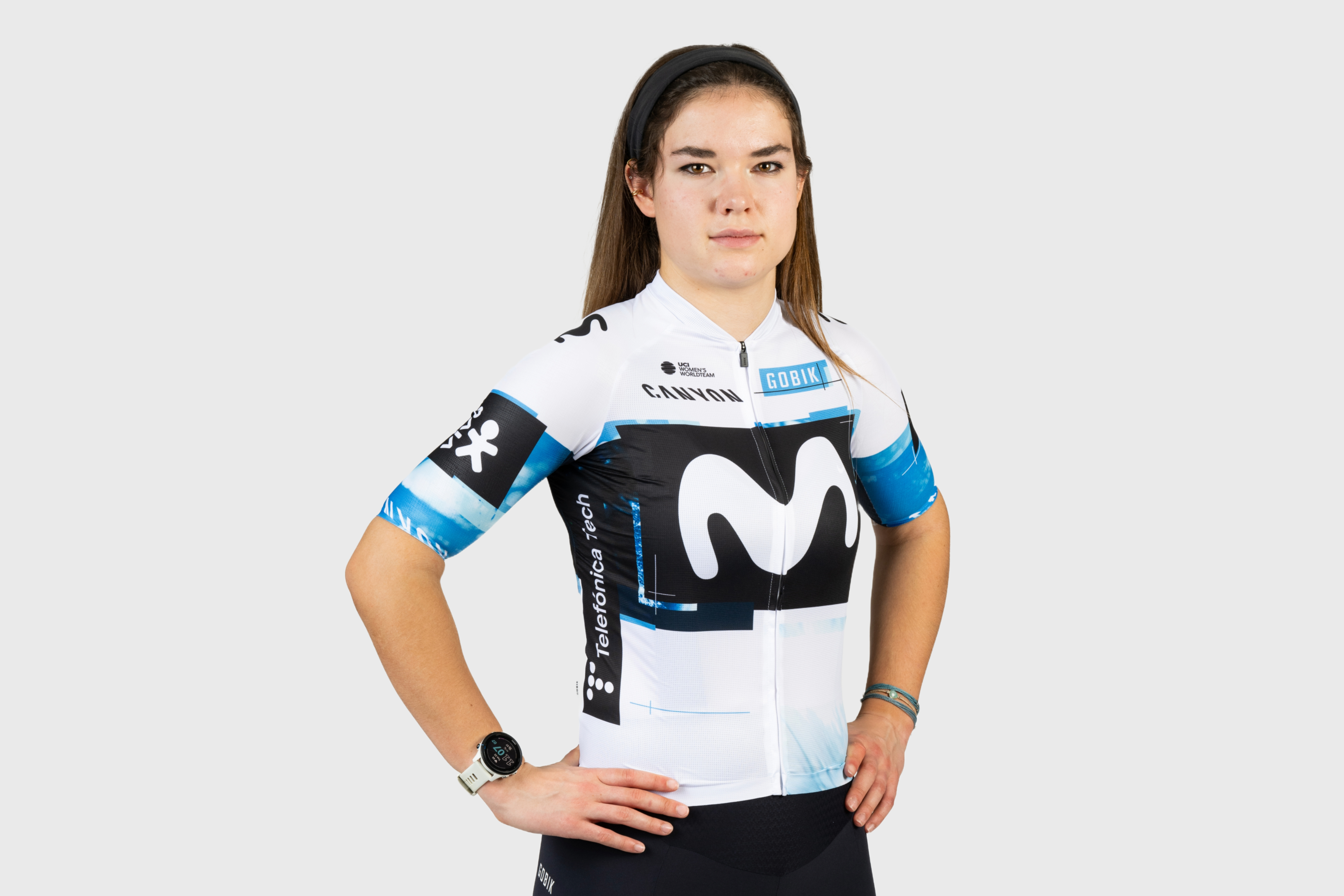 'It's a bit scary' - WorldTour's youngest rider to pair schoolwork with racing
'It's a bit scary' - WorldTour's youngest rider to pair schoolwork with racingA-level student Carys Lloyd is one of Movistar's latest recruits
By Tom Davidson
-
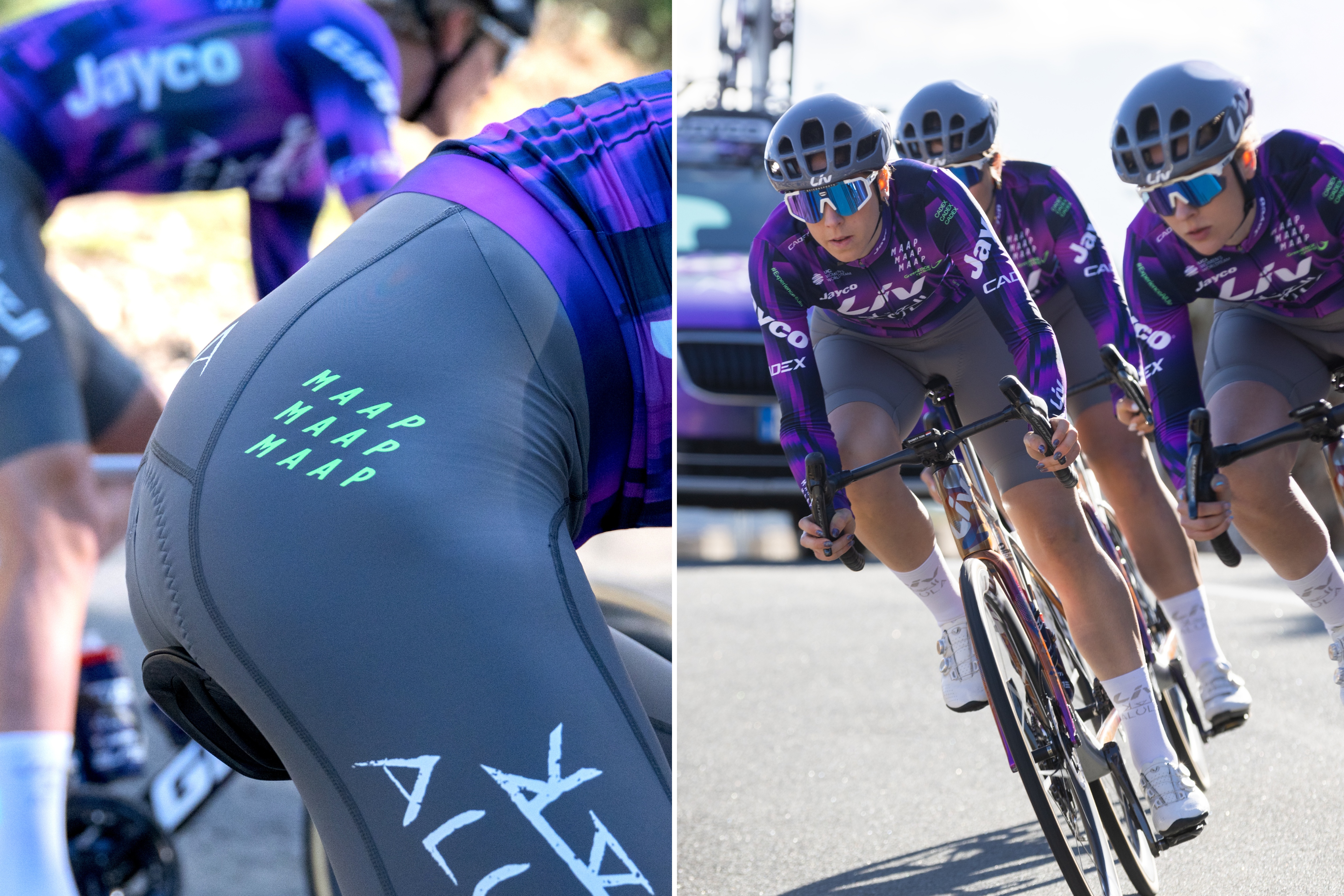 'We call it shadow' - MAAP brings grey bib shorts to the WorldTour with Jayco AlUla
'We call it shadow' - MAAP brings grey bib shorts to the WorldTour with Jayco AlUlaAustralian brand vows to add 'fashion influence' to sport's top level, and says grey colour is 'not as contentious' as AG2R's classic brown
By Tom Davidson
-
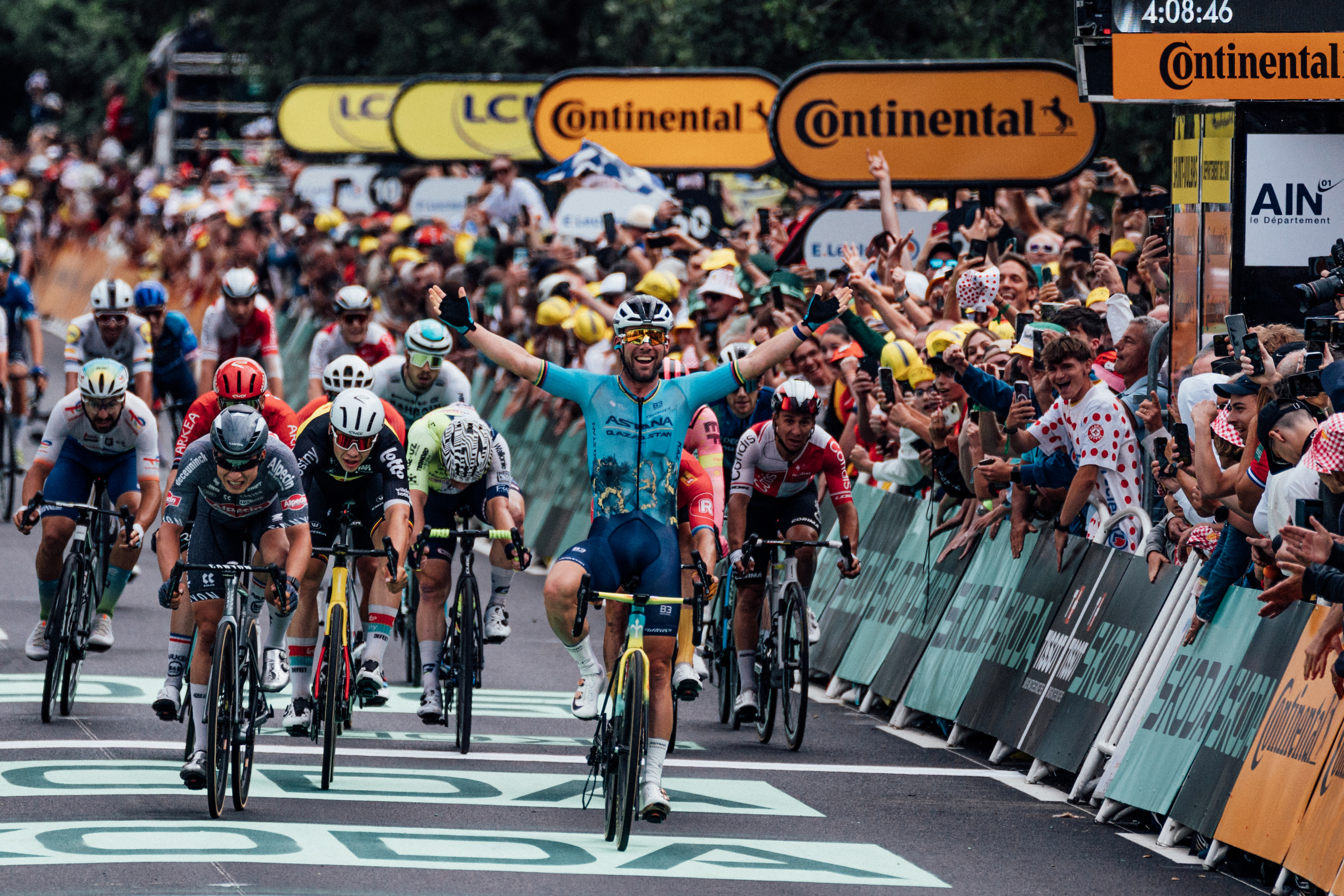 'Finally, you broke the world record' - Inside reaction to Mark Cavendish's historic Tour de France revealed
'Finally, you broke the world record' - Inside reaction to Mark Cavendish's historic Tour de France revealedAstana Qazaqstan have released Project 35, a documentary which shows the journey to triumph
By Adam Becket
-
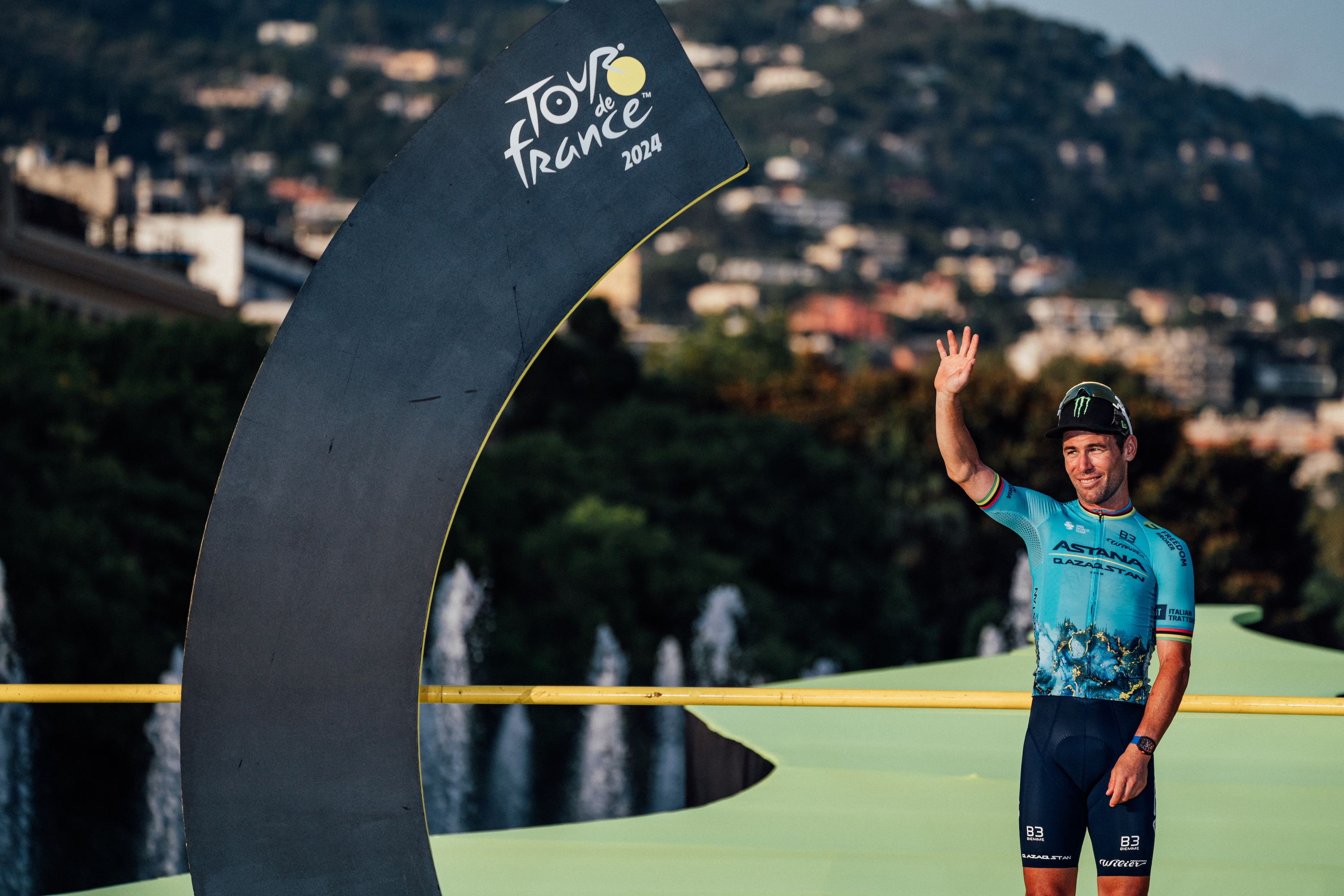 'I haven’t entirely committed to what I’m doing' - Mark Cavendish refuses to rule out racing more, but will run a marathon next year
'I haven’t entirely committed to what I’m doing' - Mark Cavendish refuses to rule out racing more, but will run a marathon next yearThe Tour de France stage win record holder says that his plan is to head into cycling management
By Adam Becket
-
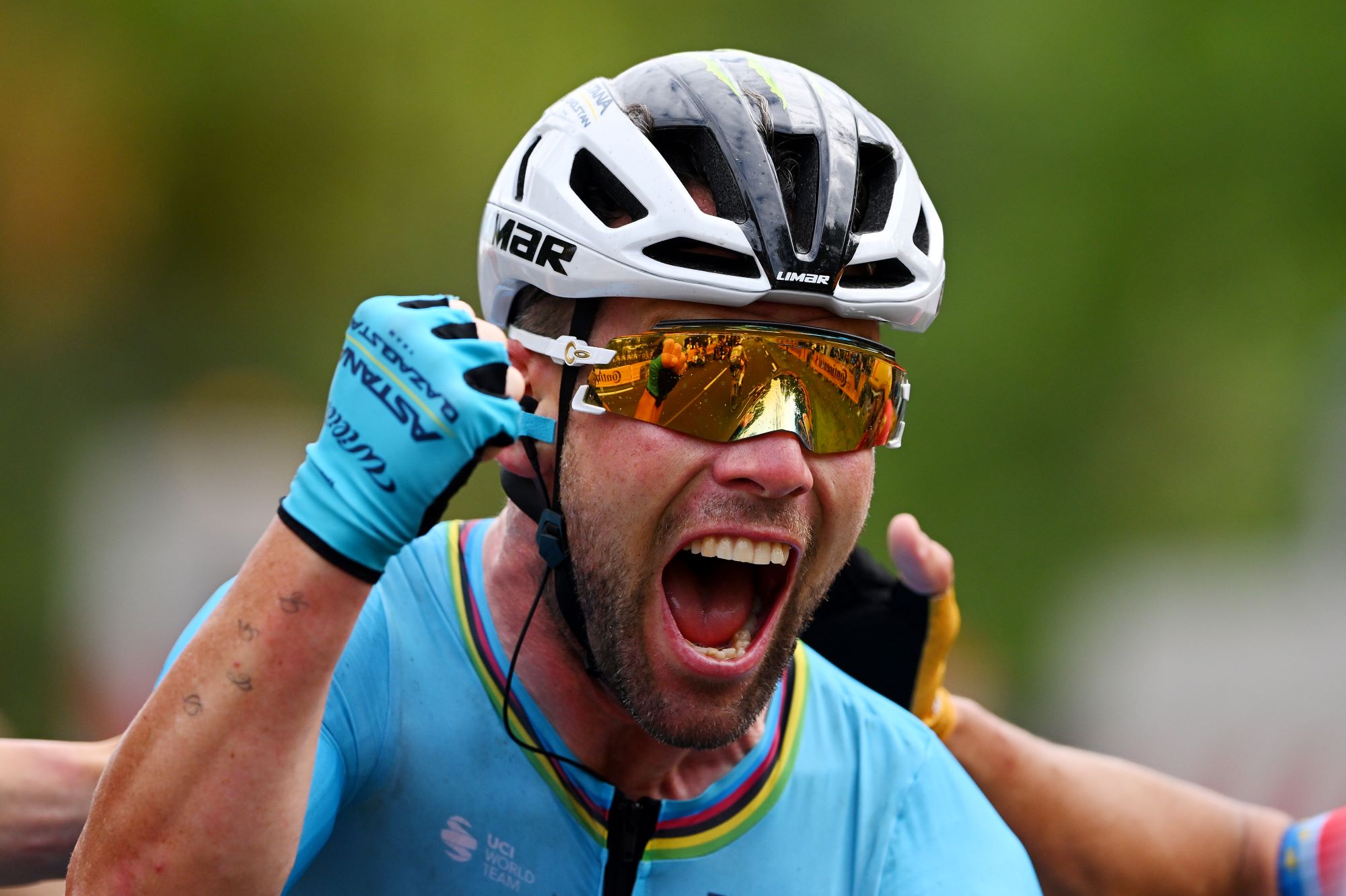 Mark Cavendish to conclude professional cycling career in Singapore
Mark Cavendish to conclude professional cycling career in SingaporeTour de France stage win record holder to bring curtain down on racing career at ASO end of season criteriums in Asia
By Tom Thewlis